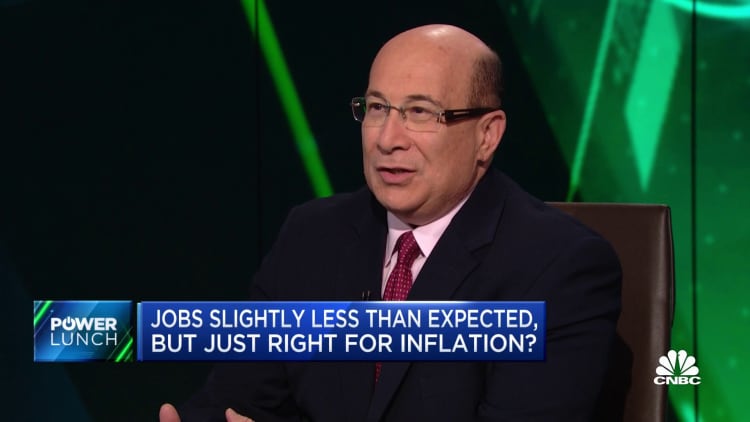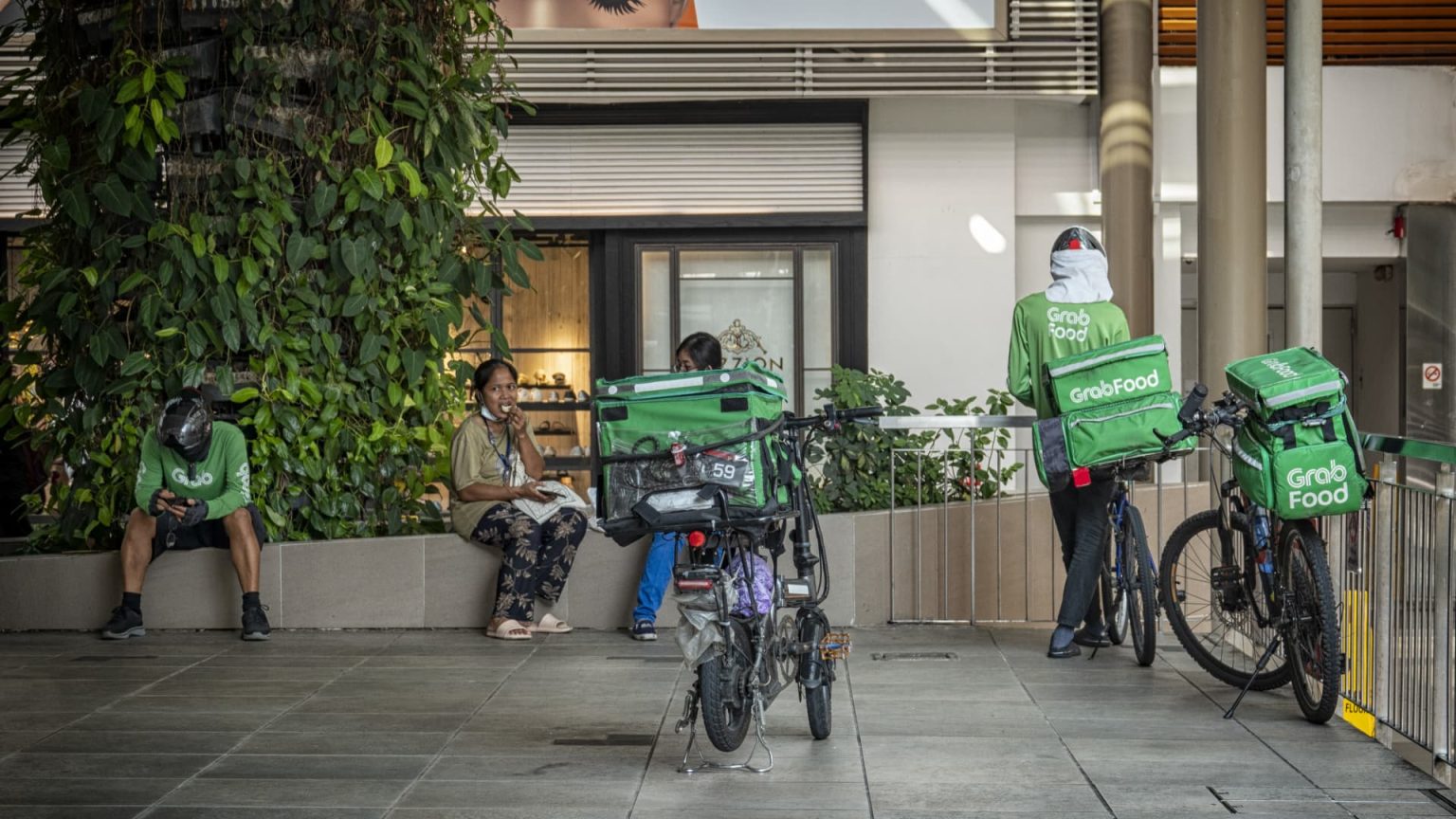A DBS study conducted in May 2023 found that gig workers were the most financially stretched, with relatively less stable income flows and savings declining year on year to an “unhealthy range.”
Bloomberg | Bloomberg | Getty Images
High inflation and interest rates have diminished the purchasing power of Singaporeans — and gig workers and low-income individuals are the most affected.
That’s according to a new DBS study conducted in May 2023, which analyzed its database of about 1.2 million customers.
The report from the Singapore bank said that gig workers were found to be the most financially stretched, with relatively less stable income flows and savings declining year on year to an “unhealthy range.”
In Singapore, gig workers are generally self-employed. “These would include platform workers, who derive a significant part of their income through online matching platforms,” said the report.
Such platforms include ride-hailing or food delivery drivers from apps like Grab, GoJek and Foodpanda.
Those workers don’t receive employer contributions to the Central Provident Fund, a national savings scheme.
The expense-to-income ratio of gig workers was 112% in May 2023 — “significantly higher” than the median customer’s 57%, DBS said.
Additionally, ride-hailing or food gig workers’ savings can cover only 1.7 months’ worth of expenses, down from 1.9 months in May 2022. That’s lower than the bank’s recommended range of three to six months.
And customers earning between 2,500 Singapore dollars ($1,891) and SG$5,000 ($3,783) have savings that can cover 2.3 months of expenses.
“Some segments of society could potentially find themselves in a double-whammy situation, where inflation continues to dilute their purchasing power and erode savings, while high interest rates take a toll on their balance sheets,” said Irvin Seah, DBS Bank’s senior economist.
Low-income group and boomers at risk
Disposable income for the bank’s customers improved from a year ago, as the growth of the median customer’s income outpaced that of expenses, said the report.
It found that the rate of expense growth was 2.7%, while income grew almost three times more.
“The slower growth in expenses can be attributed to the moderation of post pandemic pent-up spending,” said DBS.
However, findings for the lower-income group and baby boomers (59 to 77 years old) paint a different picture — growth in expenses outpaced income growth.
Low-income customers, or those earning S$2,499 and below per month, saw their expenses grow 1.2 times faster than their income, said the report.
For that group, expenses made up 93% of take-home incomes, suggesting “worsening cashflows” over the past year.
Expenses for boomers grew about five times faster than their income, with spending making up 86% of income.
That’s higher than the 64% for Gen X (43 to 58 years old), 47% for millennials (27 to 42 years old) and 38% for Gen Z (26 years old and below).
Rising mortgage payments
Housing loans in Singapore have also grown, owing to rising property values and interest rates.
The median DBS customer is borrowing 3% more for home purchases than last year, with median mortgage payments increasing by about 12%, said the report.
Middle-income earners, in particular, who bring home between SGD$2,500 and SGD$4,999 each month, may also be in “financial distress,” DBS added in a press release.
Those individuals are allocating close to 60% of income growth to service the increase in their monthly mortgage payments.
DBS also cautioned that those earning below SGD$5,000 may be hit when mortgages are refinanced on higher interest rates — with more than half of such customers having loans under floating rates.
Floating rates are variable interest rates that are tied to a benchmark rate. In Singapore, a floating rate home loan is usually pegged to the Singapore Overnight Rate Average (SORA), which has been increasing steadily with the successive interest rate hikes by the U.S. Federal Reserve.

According to DBS, the three-month compounded SORA rose from 0.1949% at the beginning of 2022 to about 3% in January 2023.
“Potential stresses could emerge if income growth moderates going forward, and interest rates continue to remain high,” the report added.
“The support from higher income growth to customers’ mortgage servicing ability may fade if the economic outlook deteriorates.”
Read the full article here




